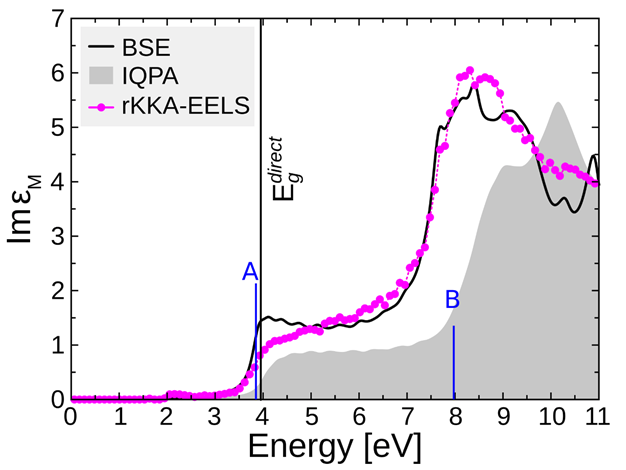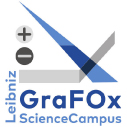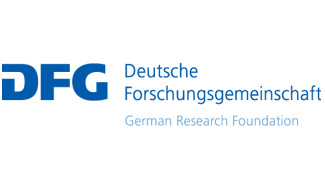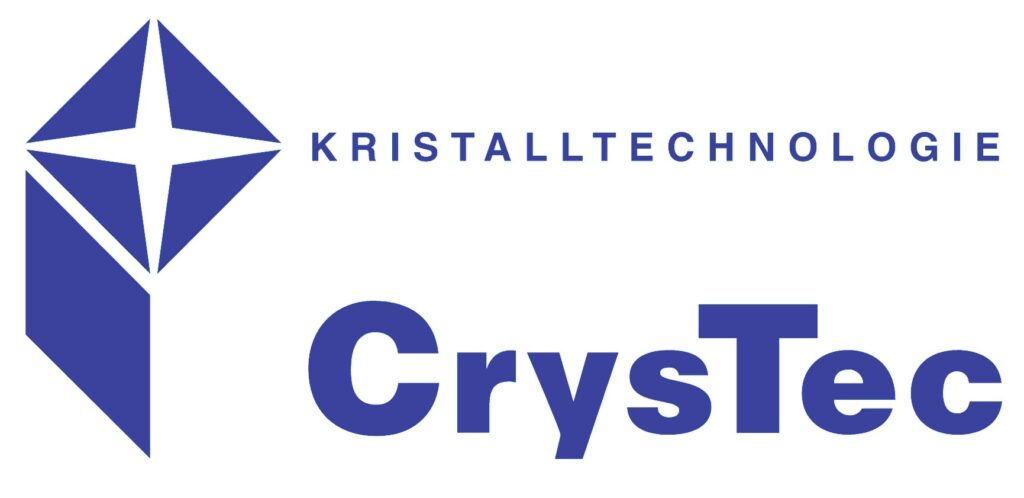Cluster P exploits the unique materials perfection gained from work in cluster G to study the inherent fundamental properties of oxides, particularly as needed in device applications.
Oxides differ from classical semiconductors by the high ionicity in bonding and the variability in cation valencies. This impacts phase formation, the physics of defects, the coupling of lattice vibrations to optical excitations as well as heat and charge transport. Examples for the peculiar properties of oxides are the formation of small polarons and the extraordinary shift of the bandgap with temperature.
Cluster P will primarily address:
- Optical excitations: Building up on our significant theoretical progress describing electron hole correlations and polarons, we will study excitations in group III-sesquioxides by both theory and experiment. We set a focus on identifying excitons in sesquioxides, and thereby the energetic position of polarons.
- Thermal properties: Low thermal conductivity is one of the challenges for power devices. We will study thermal conductivity, thermal expansion and the temperature dependence of the bandgaps by experiment and theory, based on a new theoretical approach that considers the full anharmonicty of lattice vibrations.
- Atomic defects: Control of atomic defects and their properties are crucial for device operation. In memristive devices they are even an essential part of the device functionality. We will study atomic defects in sesquioxides and SrTiO3 to understand doping and compensation, defect thermodynamics and diffusion, especially regarding the role of oxygen vacancies.
With respect to (power) devices, we will investigate:
- Residual donors, the properties of deep acceptors and defect complexes in sesquioxides.
- Heterostructures to obtain 2D electron gases, to electrostatically dope interfaces and to induce electronic phase transitions. We will concentrate on heterostructures of group III sesquioxides, BaSnO3/LaInO3, and KNbO3/NaNbO3.
Coordinators
Claudia Draxl (HU Berlin) and Rüdiger Goldhahn (U Magdeburg)
Research Highlights

Cluster P
With the example of BaSnO3, this work demonstrates a fruitful synergy between different high-level theoretical and experimental methods for a quantitative comparison of excited-state properties of complex materials.
Excitations in cubic BaSnO3:a consistent picture revealed by combining theory and experiment


















